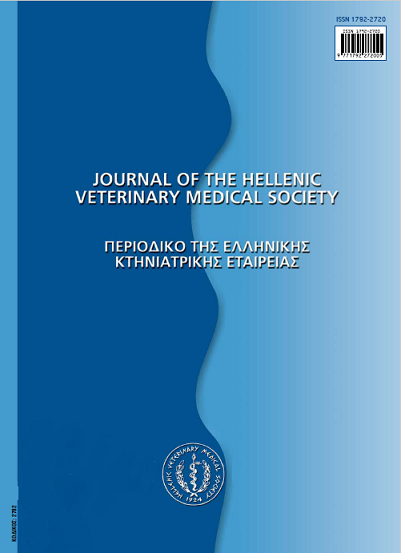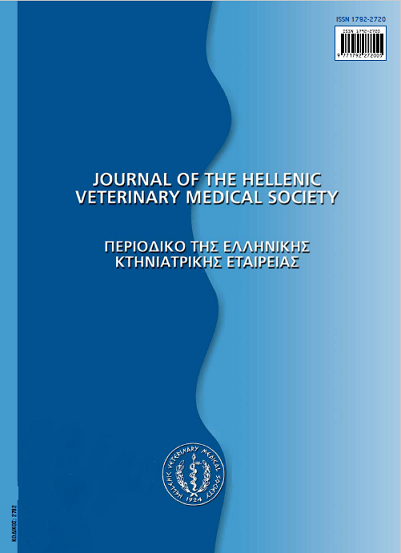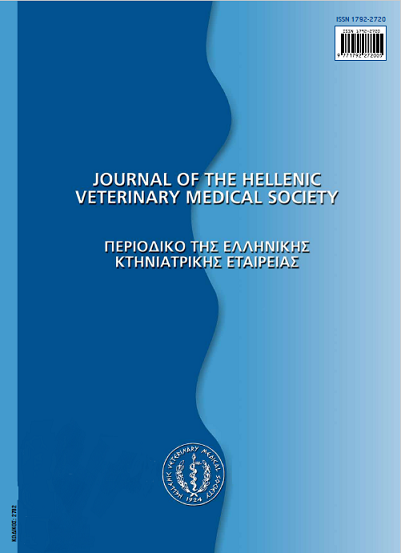Yeasts as a causative agent of bovine mastitis in Greece
Resumen
The aim of this study was to isolate fungi from mastitic milk of dairy cows and to identify fungal microorganisms involved in bovine mastitis. A total of 608 milk samples from clinical mastitis quarters from 580 animals in Northern Greece were collected, during the years 1997-2001. Antibacterial treatment was administrated to 50% of the sampled animals. Forty two (42) fungi were isolated and identified using mycological media and methods. From the 42 fungi isolates, 38 were yeasts and 4 moulds. The yeasts isolated were classified into the genera Candida, Geotrichum, Rhodotorula. From the thirty four (34) Candida species, 14 were identified as G tropicalis and 6 as G krusei. Furthermore, 4 isolates were classified as G pseudotropicalis, 4 as G albicans, 3 as G parapsilosis and 3 as G rugosa. Geotrichum candidum and Rhodotorula spp. were represented with 2 isolates. The isolated moulds were classified into the genus Aspergillus. Fungi were isolated in pure culture from 38 milk samples and in mixed culturewith bacteria from 4. In 510 samples only bacteria were cultured, while in 56 samples no growth of microorganism was observed. The results of the present study indicate that a level of 6.9% of mycotic mastitis is significant and yeasts are apparently implicated in mammary gland pathology causing economic loss.
Article Details
- Cómo citar
-
BOURTZI-HATZOPOULOU (Ε. ΜΠΟΥΡΤΖΗ-ΧΑΤΖΟΠΟΥΛΟΥ) E., ZDRAGAS (Α. ΖΔΡΑΓΚΑΣ) A., PETRIDOU (Ε. ΠΕΤΡΙΔΟΥ) E., & FILIOUSIS (Γ. ΦΙΛΙΟΥΣΗΣ) G. (2018). Yeasts as a causative agent of bovine mastitis in Greece. Journal of the Hellenic Veterinary Medical Society, 54(2), 105–110. https://doi.org/10.12681/jhvms.15257
- Número
- Vol. 54 Núm. 2 (2003)
- Sección
- Research Articles
Authors who publish with this journal agree to the following terms:
· Authors retain copyright and grant the journal right of first publication with the work simultaneously licensed under a Creative Commons Attribution Non-Commercial License that allows others to share the work with an acknowledgement of the work's authorship and initial publication in this journal.
· Authors are able to enter into separate, additional contractual arrangements for the non-exclusive distribution of the journal's published version of the work (e.g. post it to an institutional repository or publish it in a book), with an acknowledgement of its initial publication in this journal.
· Authors are permitted and encouraged to post their work online (preferably in institutional repositories or on their website) prior to and during the submission process, as it can lead to productive exchanges, as well as earlier and greater citation of published work.













